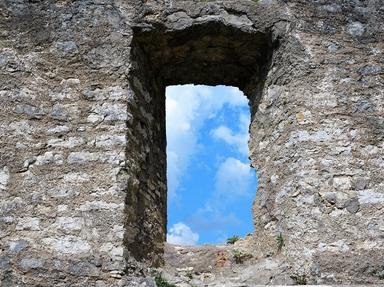Quiz Answer Key and Fun Facts
1. Which squirrel is the most commonly found in France?
2. The chamois can live up to 25 years, although 15-16 years is more common. The main reason for this is?
3. During the breeding period the male green lizard's throat and part of the head does what?
4. Cat-like in appearance and choice of habit, which animal (found in France) is actually a member of the family which includes civets and mongooses?
5. Where in France will you find the ibex?
6. What type of creature is known as a "fouine" in France?
7. Which one of these statements about tree frogs is incorrect?
8. Which of the following is considered one of Europe's most endangered mammals?
9. What is the name of the large ground squirrel found in the Alps?
10. What creature is most likely to disturb your picnic in France?
Source: Author
fontenilles
This quiz was reviewed by FunTrivia editor
crisw before going online.
Any errors found in FunTrivia content are routinely corrected through our feedback system.


